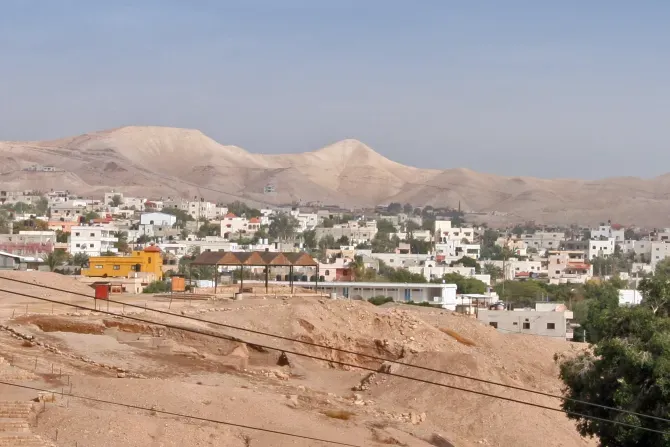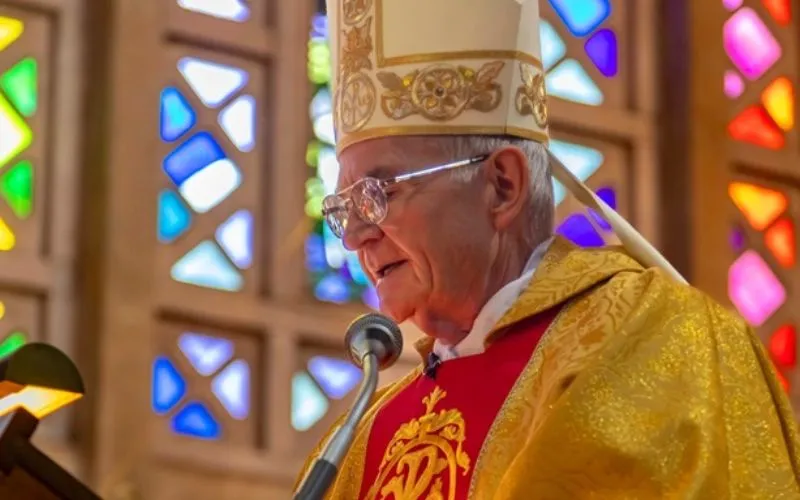Vatican, 13 January, 2023 / 8:01 pm (ACI Africa).
A team of Israeli archaeologists has discovered a sixth-century Byzantine church with highly decorated mosaic floors.
The Civil Administration’s Archaeology Unit, which oversees historical sites in Judea and Samaria, announced Wednesday that the church was found in Jericho, a Palestinian town located in the West Bank, according to The Times of Israel.
The agency is part of the government of Israel’s Coordination of Government Activities in the Territories, which is part of the Ministry of Defense.
The outlet reported that the church is 250 square meters large, which would have made the building a relatively large church for its time. The Civil Administration said the church was still being used during the Early Muslim Period, according to the outlet.
Islam came to the region in the early seventh century, when the Muslim army defeated Jerusalem in 636. The outlet reported that the mosaic floors of the church were not damaged by iconoclasm — the destruction of religious images — even though Islam prohibits displaying icons and images in public.








